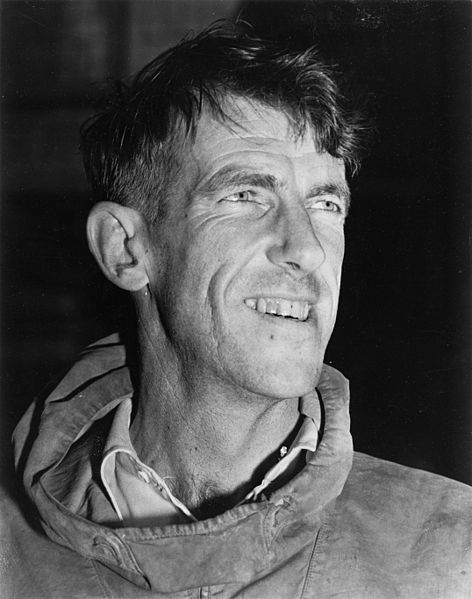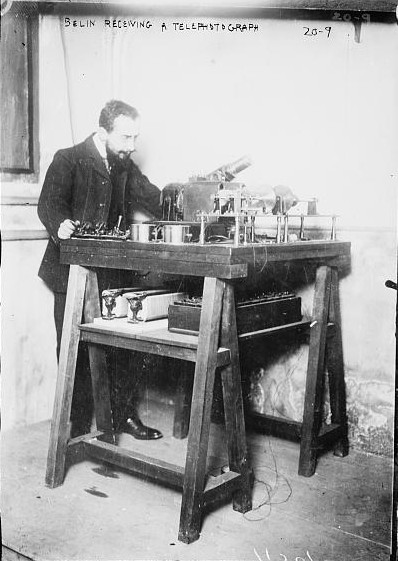There is a wonderful retrospective of the work of Seattle-based photographer Johsel Namkung (1919- ) in this month’s “View Camera, The Journal of Large Format Photography.” As per usual (don’t gripe, Wolf), View Camera is behind in publication; so this is the March/April issue, at least at my Barnes and Nobles. This portfolio of Namkung’s images celebrates the release from Cosgrove Editions’ new book “Johsel Nankung A Retrospective.”
Namkung’s work fits in with a recent comment to this blog containing the lovely phrase “the sacredness of the primary source.” Namkung is fairly unique among practitioners of large format photography in the 1970’s, 80’s, and 90’s first in that in worked largely in color and second in that he did little or no image manipulation such as “dodging” and “burning,” staying true to the “sacredness of the primary source.”
To me, Namkung’s work reflects a very intimate form of landscape photography, contrasting, for instance, with Ansel Adams’ monumental big sky vistas. Instead we have here a cluster of trees or damp moss covered decaying tree limbs in a Northwestern rainforest. I rush to point out that Adams did this kind of work as well, and to wonderful effect.
I find this genre of the landscape very appealing. It always reminds me of a Japanese rock garden, where the beauty is both in the entirety and in the minutest detail. Indeed, it is a continuum between these ends There is an essential fractal quality to this sort of landscape. The fundamental defining property of a fractal is that it remains a fractal regardless of scale. For fractals, of course, this quality represents order out of chaos. Here what it means is that the beauty of a landscape might lie in a mountain set against dramatic clouds, or it might lie in a grove of trees catching a late afternoon light, or even in a few blades of grass amongst pebbles. Sir Isaac Newton expressed this kind of intimate beuty in his famous remark:
“I do not know what I may appear to the world, but to myself I seem to have been only like a boy playing on the sea-shore, and diverting myself in now and then finding a smoother pebble or a prettier shell than ordinary, whilst the great ocean of truth lay all undiscovered before me.”
Unless you are a big wide angle kind of person and if you always have a zoom lens on your camera you will find more likely than not that you photograph with about a 90 mm zoom. This is because while the field of view of the human eye is much larger (~160 deg) , we tend to concentrate our attention in a zone captured by the 90 mm lens (~46 deg.). This defines Namkung’s work and what we mean by intimate. I’m not saying that he always uses a 90 mm lens. But I am saying that his field of view is closeup, detailed, intimate. It is what your mind’s eye sees and, yes, bewitchingly beautiful.
In addition to the Cosgrove Editions Website , Namkung’s wonderful work can also be seen at the Woodside/Brasseth Galley site. Further, there is an excellent online interview of Namkung, and oral history, on the Smithsonian Institutution website. That said, I find that two of my favorite Namkung prints are unavailable on the web and are in both the retrospective and the current issue of View Camera. For once my websearching has failed me. These photographs are “Hoh Rain Forest, Olympic National Park, 1992” and “Hurricane Ridge, Olympic National Park, 1977.” So it is well worth getting your hands on one of these “original sources.”




